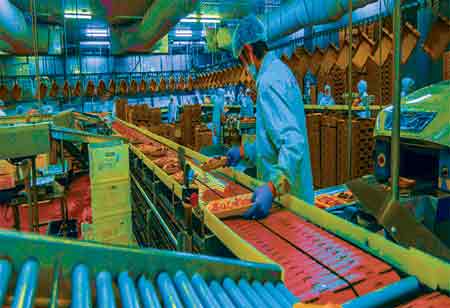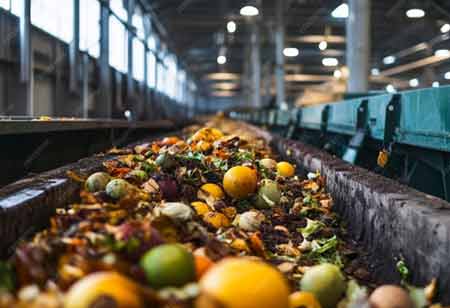THANK YOU FOR SUBSCRIBING
Be first to read the latest tech news, Industry Leader's Insights, and CIO interviews of medium and large enterprises exclusively from Food and Beverage Tech Review
Food Safety Strategies in Manufacturing
A food manufacturing company's success depends on the safety of its products, as well as the health of its consumers.

By
Food and Beverages Tech Review | Friday, January 06, 2023
Stay ahead of the industry with exclusive feature stories on the top companies, expert insights and the latest news delivered straight to your inbox. Subscribe today.
Manufacturing companies can set objectives, manage safety teams, and monitor the impact of imposing measures to improve their food safety processes.
FREMONT, CA: A food manufacturing company's success depends on the safety of its products, as well as the health of its consumers. Food safety requires all those involved in the food production process to coordinate to stay aligned with industry standards, prevent costly product recalls, and ensure food safety.
Authorities can implement effective food safety processes through collaboration and preparedness at every production stage.
Manufacturers can implement the following strategies to improve food safety practices.
Objectives: Manufacturers invest resources in safety processes and must establish clear objectives and priorities to maximize their investments. Manufacturers must allocate resources based on safety requirements, like implementing food safety methods to protect against food safety vulnerabilities, meeting compliance requirements, qualifying for certifications, and responding to a product recall.
Food safety teams: It takes expertise across various teams and functions to ensure food safety effectively. To form feasible food safety processes, include expertise from safety, management, production, logistics, and quality teams. A food safety team should understand where the organization stands currently and develop a plan. A risk assessment can be used to gather the information that will assist the organization in determining how to implement food safety policies.
Employees involvement: Provide employees with a directive explaining the company's objectives for implementing these processes (regulatory compliance, certification, etc.) and how they can assist in ensuring food safety.
Employee feedback is critical to the effective implementation of food safety, especially from those in the production area.
Food safety processes will be easier to implement when employees are informed, set expectations, and trained.
Monitoring impact and implementation: Conduct regular audits of food safety practices and record measurable observations.
Implementing food safety processes can be evaluated by internal auditors using detailed notes and photographs. Analyzing trends over time can help gauge the effectiveness of processes.
Consistent improvement: Keeping food safety at bay requires constant monitoring and continuous improvement of food production processes. Food safety certifications are advantageous because food industry organizations prefer partnerships with companies that have existing food industry certifications.
I agree We use cookies on this website to enhance your user experience. By clicking any link on this page you are giving your consent for us to set cookies. More info


However, if you would like to share the information in this article, you may use the link below:
https://www.fbtechreviewapac.com/news/food-safety-strategies-in-manufacturing--nwid-1492.html





